For Outi Pieski, art and daily life are entwined: her installations, sculptures, paintings and photographs all explore the land and culture of Sapmi, the area spanning Norway, Sweden, Finland and Russia that is home to the indigenous Sami people. Many of her projects incorporate Sami craft practices, which are known as duodji. The influence of gakti, the traditional colourful costume, can be seen in the suspended sculptures Pieski creates from the fringes of scarves. The layering of the fabric evokes the mountainous landscape in which the artist lives and works. Her first major exhibition in the UK, ‘Outi Pieski’, is at Tate St Ives in Cornwall until 6 May.
Where is your studio?
My studio is here at home. I live in the eastern part of Sapmi, in the northernmost region of Finland; it’s on the border with Norway. I live in Dalvadas, a very small village in the Deatnu river valley in Ohcejohka. I work both at home and in my yard, where there’s a small studio for messier jobs – if I want to make hanging structures from wood, for example, I do it there. Even though I often make big installations, they all consist of small, crafted parts that I can make wherever I am.
My favourite place to work is at the kitchen table. I like art processes to be connected to everyday living; I don’t like having a separation between art and life. When people craft things, it’s usually done at home, in the place they live. I make my work the same way.
I also like to expand my workspace to the wider surroundings of my village. My work always starts from my homelands and it’s always made for this land. Every project begins when I’m in the forest and mountains. In that sense, my idea of ‘the studio’ is a bit different to what’s normal in the Western artistic tradition.
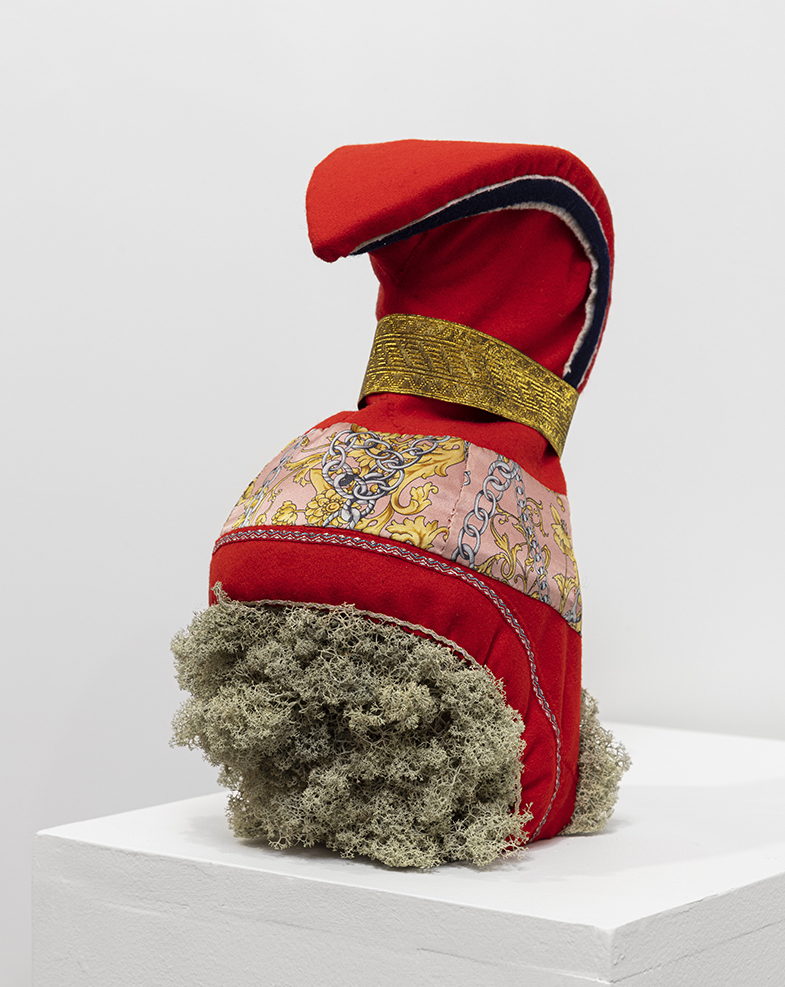
Litna máttaráhkku/The Light Weight of the Foremother (2021), Outi Pieski. Photo: Tor Simen Ulstein/Kunstdok
How would you describe the atmosphere where you work?
When I’m in the forest, it’s about feeling that I’m an active part of this environment and that I’m connected to my family and my ancestors. It’s very important to start from that sense of connection. I can then continue the work from my private space indoors. It’s not natural for me to begin work inside a white box-type studio – I need this feeling of being touched by the issues I’m working with.
What are the pros and cons of this approach?
When I work at home, it’s easy to start. But on the other hand, I need to keep my methods quite clean and tidy because I’m in my living environment, with family members using the space alongside me; while being in a creative mood I always need to think about others, too. But this also gives a lot to the work: when you can’t always do exactly what you want, you find creative ideas for what you can do. When there’s that challenge, it puts me to work. It becomes more interesting.
Generally, I don’t like to work in residencies because my artistic practice is so embedded in these homelands. But when the Tate gave me the opportunity to work in Porthmeor Studios [in St Ives], I had a clear idea of what I could do there. I brought materials I’d already crafted with me and used the studio as a space to install big works. It was a very good experience – I might continue this way of working. Here in the Deatnu river valley, there are not many opportunities to use bigger studios and work directly in an exhibition space.
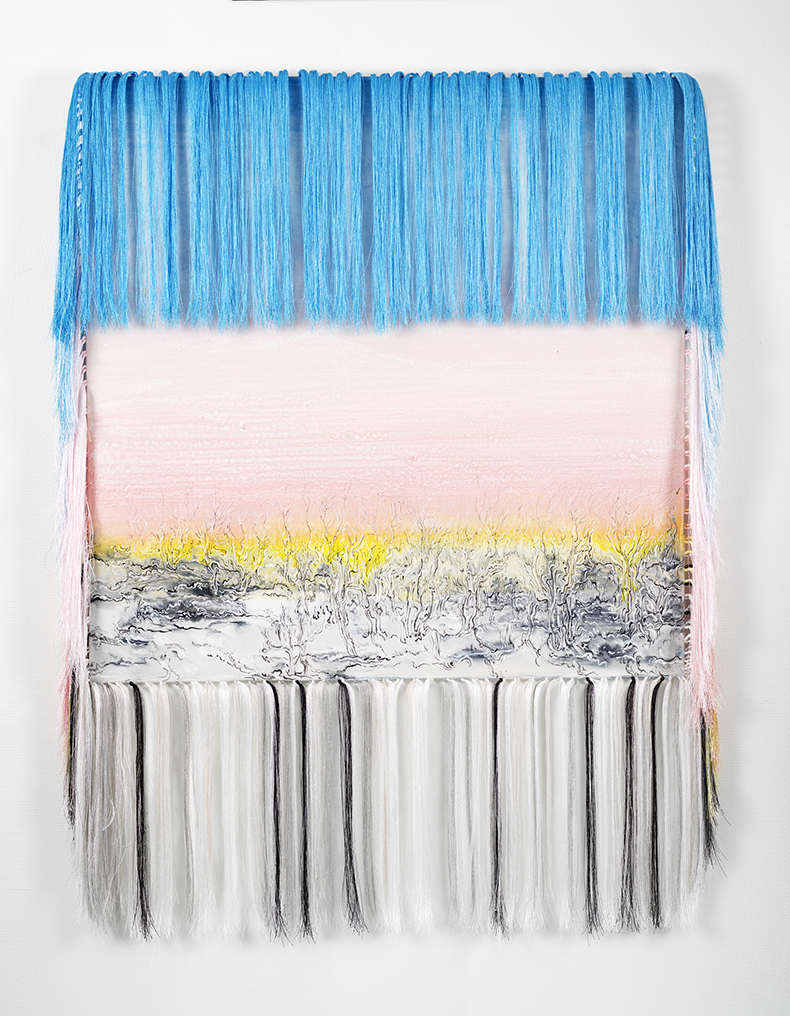
Golleeana/Land of Gold (2013), Outi Pieski. Photo: © Ella Tommila/Espoo Museum of Modern Art (EMMA)
Do you ever play music – or listen to anything – while you work?
Yes, I’m often listening to something – I have a Spotify playlist of Sami music. I listen to people like Mari Boine, Niillas Holmberg and Katarina Barruk, and to traditional joik singers and bands like Gabba, for example. I also listen to Sami radio and to audiobooks of all kinds. Recently I’ve been listening to books by the Finnish author Pirkko Saisio.
Do you have a specific studio routine?
It changes often because I work across various mediums, so it depends what project I’m working on. In the wintertime, my morning routine begins with lighting a fire in the woodstove in the kitchen. I live in what used to be my grandmother’s house, which is where I spent my childhood holidays – being in that spot by the fire and doing the same daily rituals that she did always brings her voice back to me. It’s a very nice ritual. The fire often burns all day during the winter.
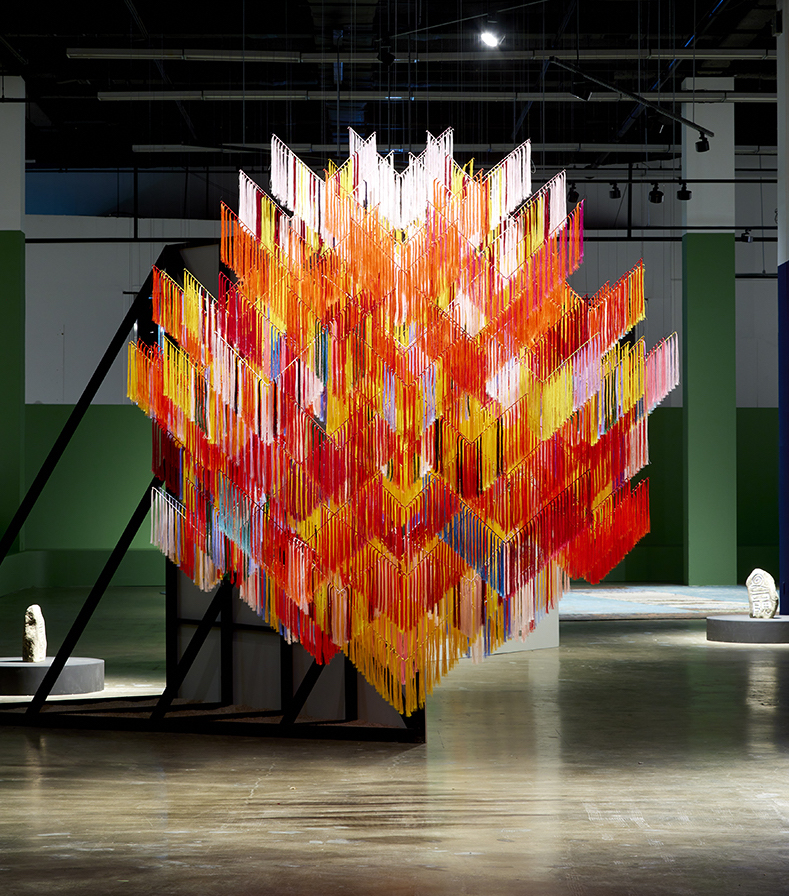
Beavvit – Rising Together II (detail; 2021), Outi Pieski. Photo: Sang Tae Kim; courtesy Minds Rising, Spirits Tuning/13th Gwangju Biennale
What’s the most unusual object in your studio?
What counts as unusual? I have a braid of sweet grass that I like to smell often – it’s another one of my working rituals. I picked it in the fields here by the village. It’s a very delicate sweet smell; you can use it to scent your clothing. The smell of sweet grass makes me feel more strongly connected to this land.
What’s your most well-thumbed book?
I’m quite lazy with books nowadays. I probably look at the Sami dictionary most often. I learned the language as an adult, so I often have to check the spellings of words. It’s also about learning their etymologies and the world view that is behind them.
Who is your most frequent visitor?
I don’t have many visitors. The people here most often are my family members – my sister, my daughter. Even though there’s a strong artistic community in Sapmi, artists live so spread out across Norway, Sweden and Finland that we don’t often visit each other’s studios or homes. Instead, we see each other during the festivals where people come together, which happen in different places in Sapmi maybe four or five times a year.
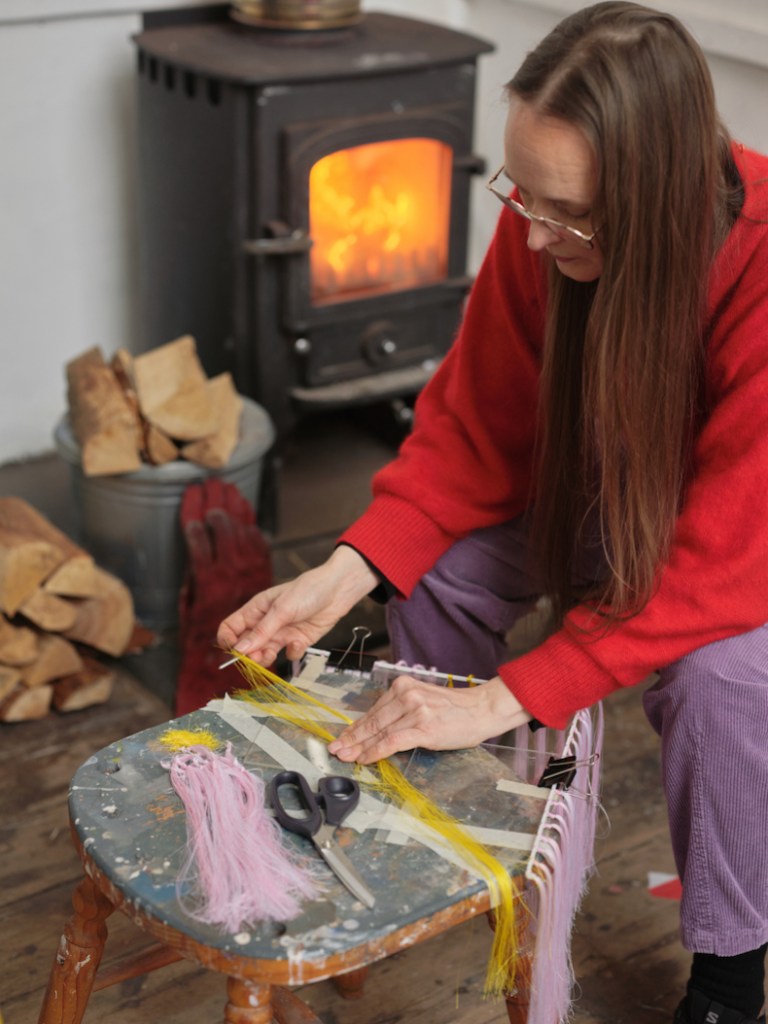
Outi Pieski at work in Porthmeor Studios, St Ives, in January 2024. Photo: © John Hersey
Who is the most interesting visitor you’ve ever had?
I was thrilled when Tate St Ives’ director Anne Barlow came to visit me last autumn. It’s so special when a curator can find the time to visit me – I live so far away that it takes real effort to travel here. People have to fly from Helsinki to Ivalo, then it’s 200km from Ivalo airport to my home village with no public transport.
I feel a lot of appreciation for the fact that Anne thought visiting me here was an important part of the exhibition process. She came to my home and my small studio and got to know these homelands a bit – I took her in my ATV [all-terrain vehicle] to Nuvvos-Ailegas, a special mountain near here. Her visit made our collaboration stronger.
‘Outi Pieski’ is at Tate St Ives in Cornwall until 6 May.
Unlimited access from just $16 every 3 months
Subscribe to get unlimited and exclusive access to the top art stories, interviews and exhibition reviews.

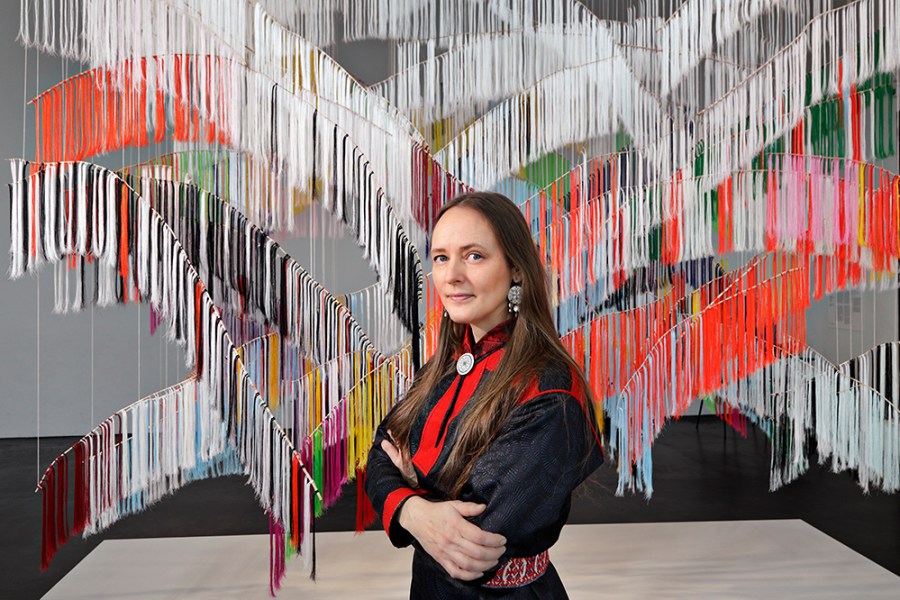
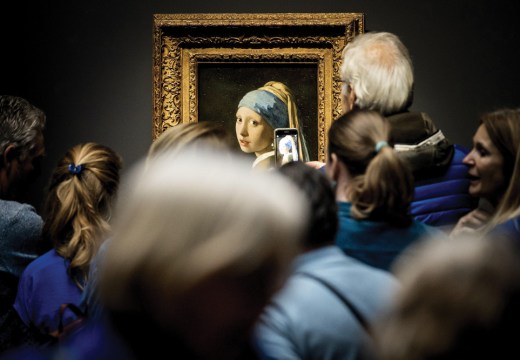
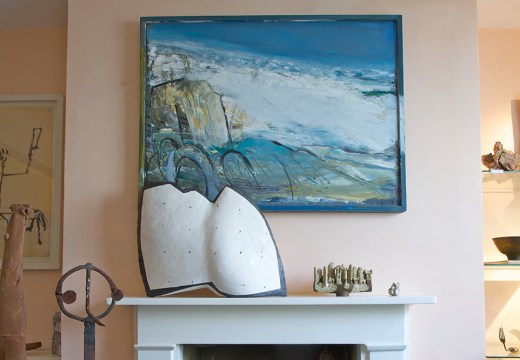
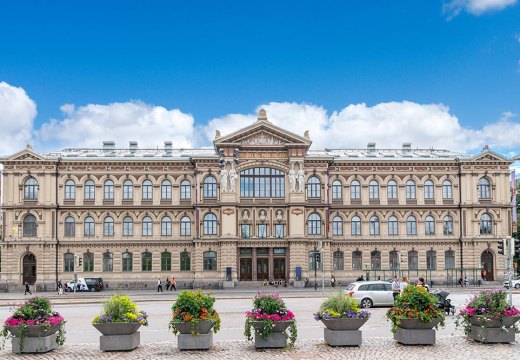

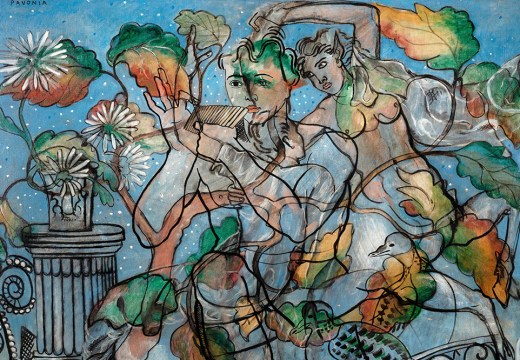
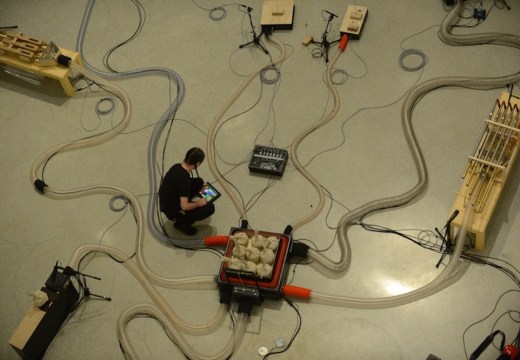






![Masterpiece [Re]discovery 2022. Photo: Ben Fisher Photography, courtesy of Masterpiece London](http://www.apollo-magazine.com/wp-content/uploads/2022/07/MPL2022_4263.jpg)
Has arts punditry become a perk for politicos?